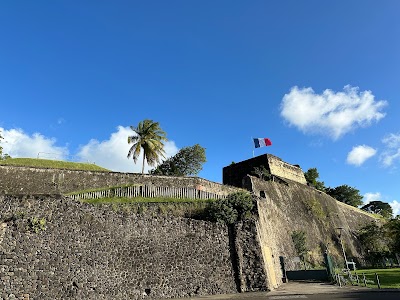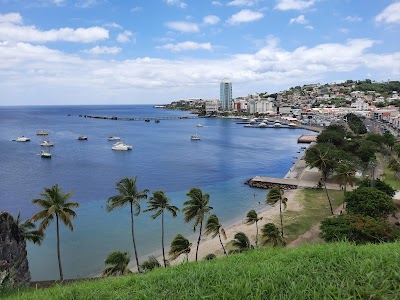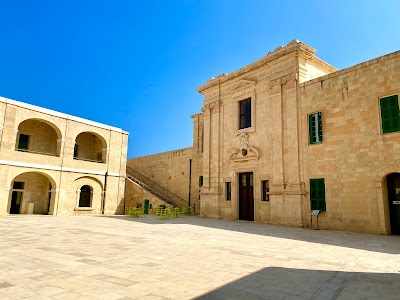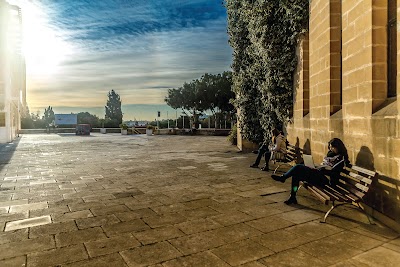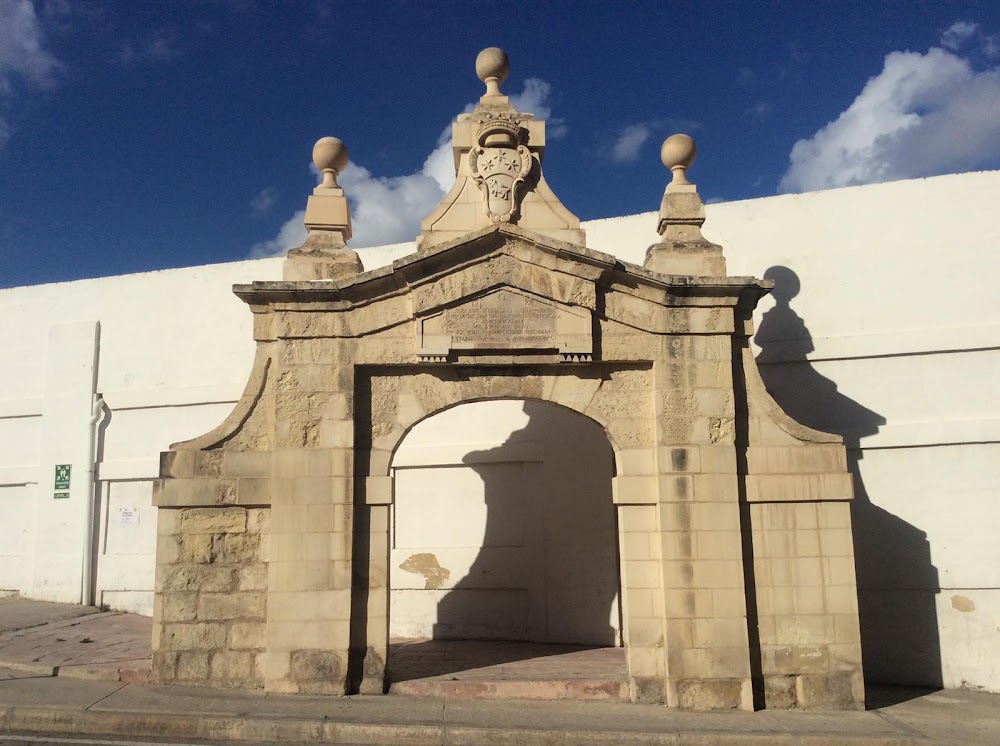Fort Saint-Louis (Fort Saint-Louis)
Overview
Fort Saint-Louis: A Landmark of Maltese History
Fort Saint-Louis, often known as Fort Manoel, is a stunning historical landmark situated in Gżira, Malta. This fortification stands as a testament to the island's rich military heritage and its strategic significance in the Mediterranean region. While it bears the name of King Louis XIV of France, much of its grandeur can be attributed to the Knights of the Order of Saint John, who played a pivotal role in its development.
The origins of Fort Saint-Louis date back to the early 18th century, when military engineer René Jacob de Tigné recognized the need for enhanced fortifications. Construction commenced in 1723 under the grand mastership of António Manoel de Vilhena, after whom the fort is also named. Its primary purpose was to safeguard Marsamxett Harbour and its installations from potential naval threats, thereby adding a crucial layer of defense to the island.
An Architectural Marvel
Architecturally, Fort Saint-Louis showcases the elegance of Baroque military design. Its square layout features bastions at each corner, ensuring comprehensive defensive coverage. As you enter through the grand Baroque portal of the main gate, you will find yourself in the central parade ground, once the site of military drills and social gatherings. The fort's chapel, dedicated to Saint Anthony of Padua, offers a serene contrast to the robust military architecture surrounding it.
One of the most significant historical events associated with Fort Saint-Louis occurred during the French Blockade at the end of the 18th century. Maltese insurgents rose against French occupation, and the fort was subjected to heavy bombardment, suffering considerable damage. Nevertheless, it stood as a symbol of resistance and resilience, embodying the indomitable spirit of the Maltese people during those tumultuous times.
A Multifaceted History
Beyond its military significance, Fort Saint-Louis has undergone a fascinating transformation over the centuries. During the British colonial period, it served as a military hospital and later as temporary quarters for Royal Naval personnel. Its strategic location and robust construction allowed it to adapt to various military and administrative uses throughout its history.
Today, Fort Saint-Louis is not merely a historical site; it is a vibrant location steeped in cultural heritage. Recent restoration efforts have been undertaken to preserve its architectural integrity and make it accessible to the public. Visitors can now explore the fort’s bastions, casemates, and underground chambers, gaining deeper insights into its historical and architectural importance.
Stunning Views and Cultural Significance
As you wander through Fort Saint-Louis, prepare to be captivated by breathtaking panoramic views of Marsamxett Harbour and the capital city of Valletta. Its elevated position provides a unique vantage point, making it an ideal spot for photography enthusiasts. The serene Gżira promenade nearby also offers a picturesque backdrop for a leisurely stroll after your visit.
An intriguing aspect of Fort Saint-Louis is its influence on popular culture. The fort has appeared in various film and television productions, most notably in the acclaimed series "Game of Thrones." This connection has enhanced its allure, drawing both fans and history enthusiasts to experience a piece of cinematic history.
Conclusion: A Must-Visit Destination
In conclusion, Fort Saint-Louis in Gżira, Malta, is an essential destination for any traveler interested in history, architecture, and culture. Its storied past, architectural beauty, and stunning vistas make it a captivating site. Whether you’re exploring its bastions, learning about its military significance, or simply enjoying the breathtaking views, Fort Saint-Louis offers a unique glimpse into Malta's rich heritage. Be sure to include this iconic fort in your travel itinerary to fully appreciate the historical depth and beauty of the Maltese islands.


